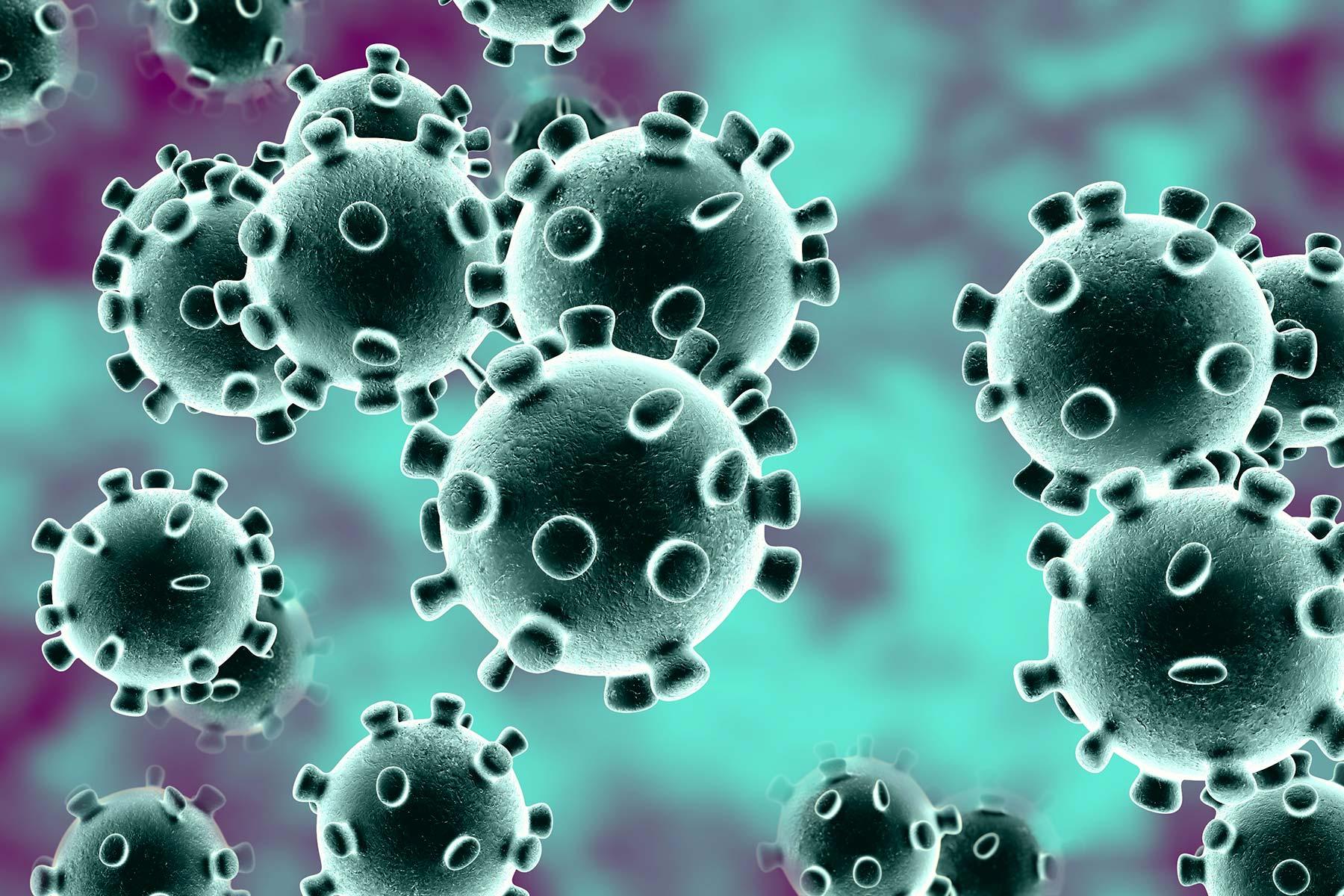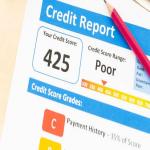COVID-19 made a global impact and caused many businesses including recruitment agencies to shut down their operations. As the pandemic continues to cast its dark shadow over the entire world, people have started to demand a vaccine. However, one must know that vaccines usually take years to develop to fight the diseases. But success is never guaranteed! To date, there is only one disease that has been eliminated and that is smallpox. And you would be a bit startled to know that it took almost 200 years.
Considering how different pharmaceutical companies and research labs are hard at work, it won’t be long before they finally find a cure for this infectious disease. Unprecedented steps are being taken to make the vaccine available as soon as possible. But there are some concerns that the richest countries might get it first.
How Soon Can One Expect a Coronavirus Vaccine
Trials of vaccines are already underway. It is a process that usually takes 5 to 10 years from research to delivery. But now due to the alarming situation of COVID-19, this process is being reduced to months. Also, manufacturing is getting scaled up with both manufactures and investors spending billions of dollars to produce a workable vaccine.
As of now, both Russia and China claim to have developed effective remedies. However, there are some concerns about the speed at which these vaccines were developed. Hence neither of these cures are on the WHO’s list of vaccines that have reached phase three of clinical trials. The World Health Organization has also stated that it doesn’t expect the vaccinations to be fully available to the public anytime soon.
A Threat of Vaccine Nationalism
Various governments have already started to hedge their bets to get their hands-on potential vaccines. They have already made deals with different companies before anything has been officially approved. For instance, the government of the United Kingdom has signed deals with six different COVID-19 vaccines which might or might not prove successful. Similarly, the United States is expected to receive over 300 million doses thanks to its investment program.
Also read about: jock itch similar diseases
However, many countries just don’t have the resources to make a deal like that. And if the rich countries continue to receive more doses then it will ultimately create a shortage for poorer nations. Also, one must not forget that in the past, costly vaccines made it difficult to immunize young children against different diseases such as meningitis. Therefore, someone would have to step up to make sure that there is no vaccine nationalism.
A Global Vaccine Plan: Coax
The World Health Organization is working closely with Gavi and Capi to make sure that everyone across the world gets access to the vaccine. They introduced a global vaccine plan called Coax. Almost 94 rich economies and nations are a part of this plan except for the United States. Coax will ensure that the drug is distributed fairly across the globe.
These different participants are doing the best they can to fund the research and are also supporting the manufactures to speed up the development process. A host of different vaccine trials are a part of the program. And if even one turns out to be successful, then the process of distributing the vaccination could begin.
How Much Will It Cost
This is a question that many people ask. The price of the dose will depend on the vaccine type, the number of doses ordered, and the manufacturer. For example, Moderna is selling vaccines to people between $32 and $37 a dose. Then there is another company called AstraZeneca that has stated to deliver vaccines at a cheap price – not more than just a few dollars.
Also, it has been reported that Bill & Malinda Gates Foundation along with Gavi has backed the Serum Institute of India by $150 million to produce 100 million doses of the effective coronavirus vaccine. It will be produced not only for India but also for some struggling countries. The ceiling price for the dose has been said to be $3.
In the United Kingdom, the distribution of the vaccines will be done by the NHS health service. Australia will not be charging people for vaccine doses. And as for the United States, though the dose would be free of cost, a medical professional who is administrating the jab could charge patients.
Conclusion
The current pandemic brought nothing but bad troubles not just for the economies but also for employees who lost their jobs due to the disease. As the situation is now becoming slightly better, different IT staffing agencies have started to help people get employed again. As for the vaccine, it will be made available worldwide. But the countries that are signed to Covax would receive enough doses to cure 3% of their population. Then with the production of more vaccines, more countries would start to gain access to them easily.













